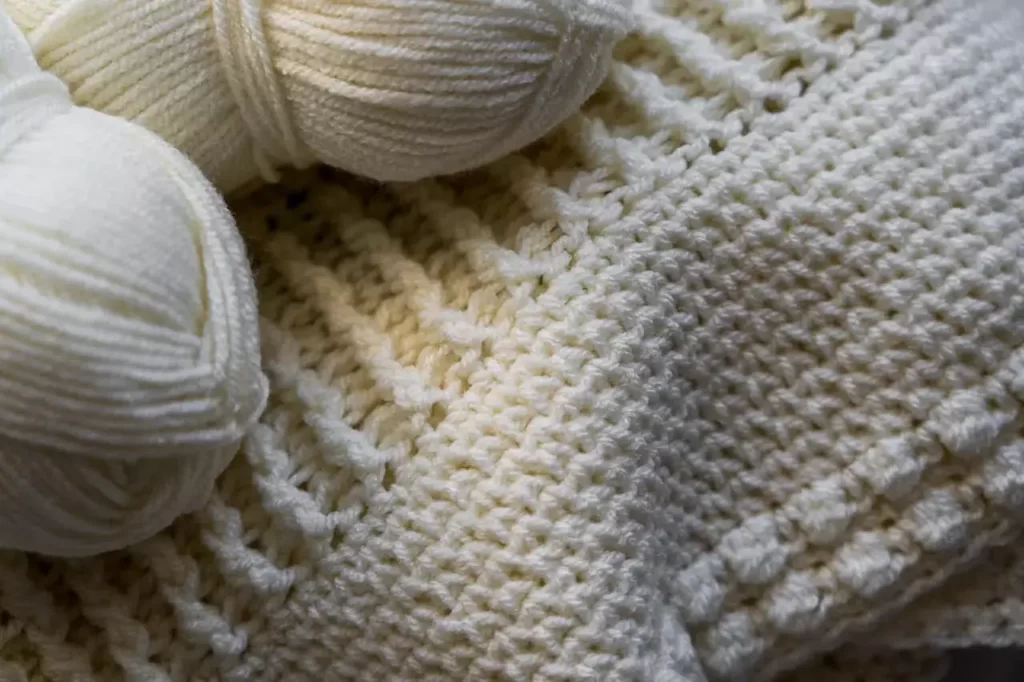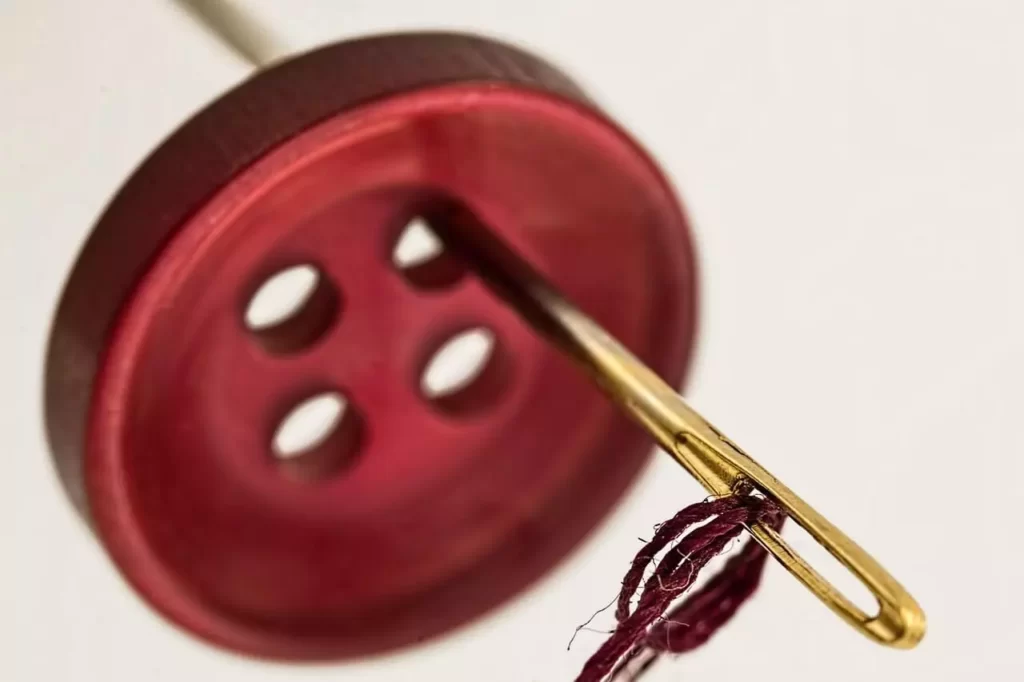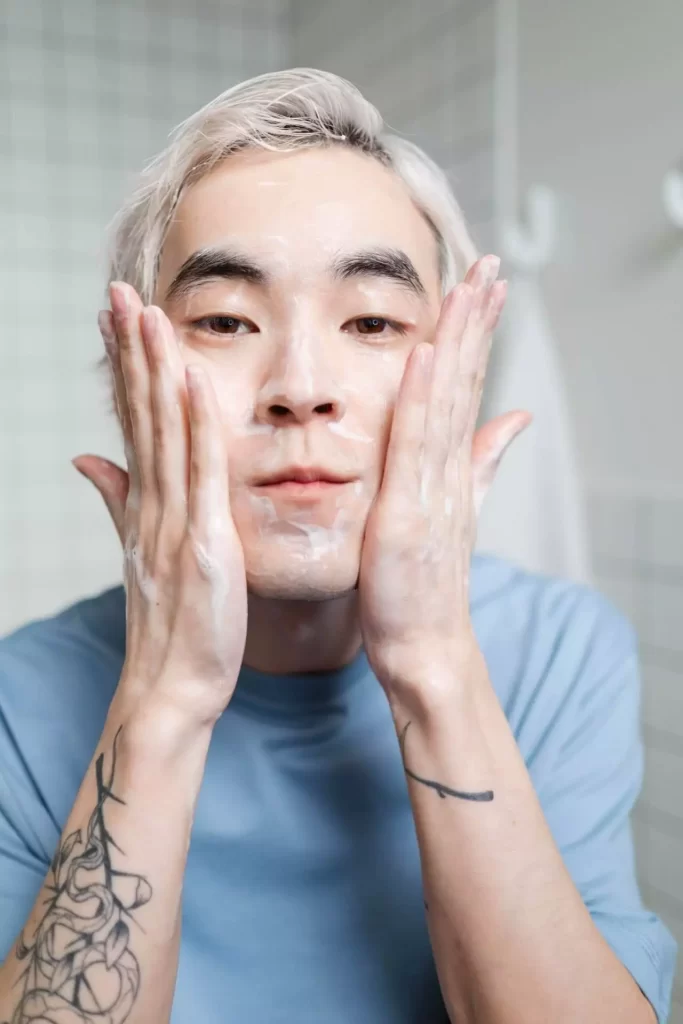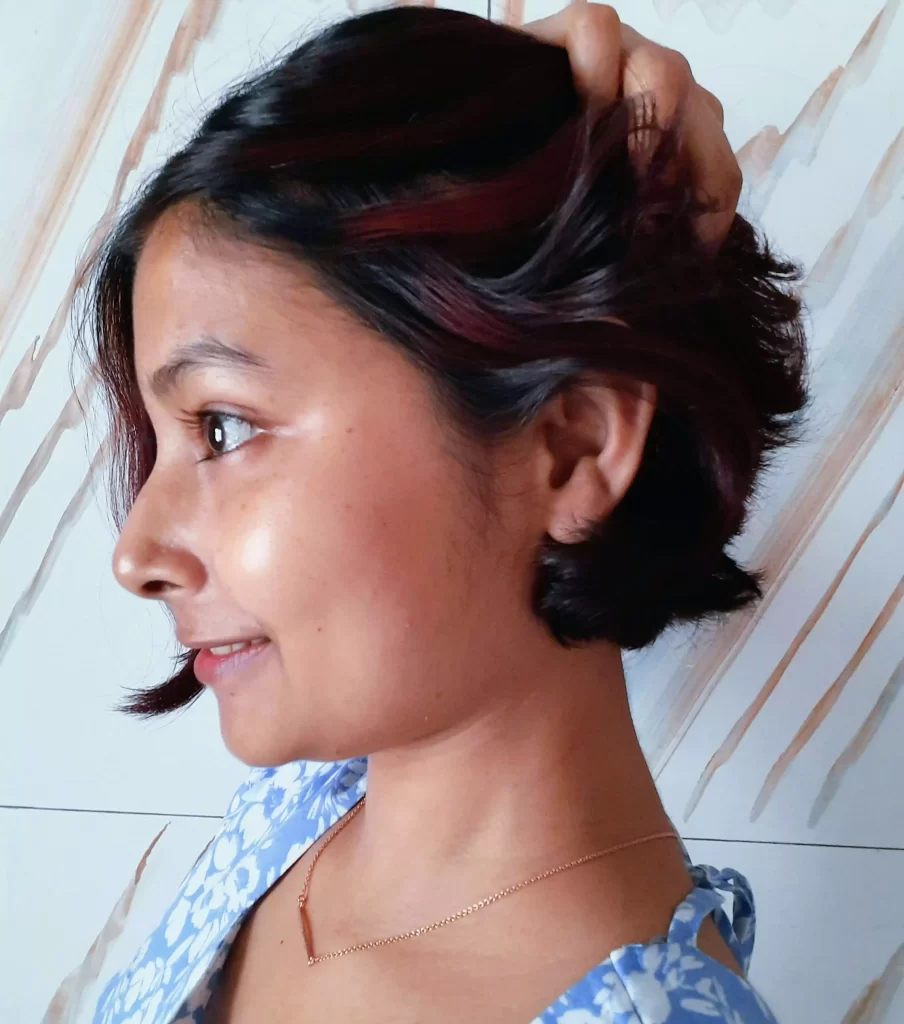Continuing From ➡
150 Types of Fabric (51-75)
51. Filter Fabric
Filter fabrics are made of Polypropylene, Polyethylene, and Polyester. They are very durable, are high-temperature, and chemical resistant. It is used for filtering small particles like 1mm. At home, its main usage is filtering water. It filters out dirt, residue, etc. There are various types of filter fabric, woven monofilament, needle punched nonwoven, etc.
52. Flannel Fabric
Flannel is a soft woven Carded or Worsted Wool or Cotton fabric. It was originally made from Carded wool in the 16th century. Now it’s made from Cotton, sometimes synthetic fibers are also used. The finished product can be unbrushed or brushed to soften. Brushing is a mechanical process where a fine metal brush strokes the fabric to lift fibers from the loose threads. It is used for dressmaking like sleepwear, blankets, bedcovers, etc.
53. Fleece Knit
Fleece is a knitted fabric made from Cotton, Polyester or Wool blended. The fabric is named after Sheepskin. It is softer and warmer than Wool. But still, it’s very light and breathable. Now fleece is mainly made from Polyester, which makes it warmer and very durable. It is used for making jackets, ear covers, and many warm clothes for extreme cold weather.
54. Foulard Fabric
Foulard is a lightweight twill or Plain-woven Silk fabric. It can also be made from Silk and Cotton blended. This fabric has small, colorful printings. It’s a French word, still believed that the fabric was originated from East Asia. It is mainly used for ties, neckties, scarves, etc.
55. Fustian Fabric
Fustian is heavy Cotton woven fabric like moleskin, Corduroy, Velvet. Probably it was named after Fustat (Cairo), Egypt. The fabric became popular after the 13th century, in Germany, Switzerland. Tufted Fustain used for decoration of fabric, draperies.
56. Gabardine Fabric
Gabardine is a tightly woven cotton, strong and durable fabric. Before 15th-century Gabardine is highly used for long Cassoc. Cassoc is a religious long dress worn by priests. It is now used for suits, pocket linings, etc.
57. Gannex Fabric
Gannex Fabric is made of Nylon in the outer layer and woolen inside by Kagan Textiles. It’s waterproof because of the Outer Nylon layer. It’s also warm because of the Woolen layer in the air in between both layers. It was designed in 1951 by Joseph Kagan and Baron Kagan (Reference). Gannex raincoats were worn by Prime Minister Harold Wilson.
58. Gauze Fabric
Gauze is a lightweight, translucent, sheen, matte mainly Cotton fabric. Not to mention it’s very loosely woven and used mostly for medical purposes. Surprisingly it was originally made from silk. Silk Gauze is used for dress trimming. A fine silk Gazzatum is Gauze fabric, made in a traditional place for Gauze, Gaza. Modern Gauzes are also made from Synthetic fibers and are still used for dressmaking.
59. Georgette Fabric
Georgette is Translucent, sheer, lightweight loosely woven Cotton or Silk fabric. It was originally made from silk with twisted threads. Silk georgette is a delicate, very light fabric. The texture is crinkly. It is similar to Crepe fabric but in a matt or pale finish. It was named after French dressmaker Georgette de la Plante. This fabric is mainly used for dressmaking like blouses, dresses, gowns, Sarees, etc.
60. Gingham Fabric
Gingham is a medium weight, plain-woven, Cotton, with check or plaid prints. It was originally may be made in Guingamp, Brittany. Checked Ginghams are more popular than other prints. Gingham dresses look classy for Summer days. It is also used for shirts, skirts, curtains. The prints are usually made of light or white color with a bright color. In India, in fact, in my school, the uniform (Skirt and Shirt Collar) was Gingham patterned. Still is.
61. Grey or Greige
Greige or Grey is an unprocessed Woven Cotton or Polyester fabric. There are various types of Greige fabrics like Twill, Satin, Poplin, Drill Greige. It’s neither bleached nor dyed. It’s normally used for clothes, upholstery.
62. Habotai Silk
Habutai or Habotai is a plain-woven Silk fabric. Habotai can be lightweight and as thin as sheer or can be medium thick and mediumweight. This had originated in Japan. But most Habotai production now is in China. It’s similar to French fabric Toile. The fabric texture is smooth and shiny. This fabric is used for Tees, light lingerie, scarves, blouses, petticoats, shirts, linings, even as lampshades.
63. Haircloth
Haircloth is a stiff Woolen cloth from Camels’ or Horses’ hair. Hair is collected from male horses’ tails. But when it’s collected from horses’ hair then the cloth is normally referred to as Horsehair, not Haircloth. The fabric is blended with Cotton or Linen warp with Horse/Camel-hair weft. Long hair strands are used for making fabrics only, whereas medium hair is used for bristles or brushes. Short hair strands are used for upholstery. Fine long white Horsehair is used for Violin strings (Reference).
64. Hessian Fabric
Hessian is made from woven jute or Sisal fibers. This fabric is known as Crocus in Jamaica. As it’s made from Jute and Sisal Hessian is biodegradable and eco-friendly. German state Hesse people were called Hessians, from them it’s known as Hessian fabric. It was the uniform of soldiers in Roman Empire, around the 14th century. It’s a dense fabric used for rope, bags, rugs with or without mixing with another fiber.
65. Holland Cloth
Holland is a plain woven, matte, dull-finished Cotton or Linen cloth. Any fine plain weave linen was given the name “Holland“, which was imported from Europe. Its main usage is as cover for furniture, like curtains, etc.
66. Hollie Point Lace
Hollie Point is an English Buttonhole stitched Needle lace. Before it was known as Holy Point. This lace was popular among households, not used very much in professional work fields. From Hollie needle lace, baby clothes were produced, in the 18th and early 19th centuries. Laceworks were mainly embellished in bonnets, caps, in the neckline, etc. Lace designs were mainly religious, like Lilies of the annunciation, Tree of life, Dove of Peace, Crown of Glory, Start of Bethlehem, etc (Reference).
67. Houndstooth Check
Houndstooth is a duotone broken check patterned Wool. The check looks like teeth, that is why The fabric is named after the Check pattern, Houndstooth fabric. The fabric is also known as Dogtooth, pied-de-poule (Hen’s Foot) in French, or qianniaoge (Thousand-bird pattern) in Chinese. The pattern was invented before christ age. In between 360-100 BC the Gerum Cloak was woven, Houndstooth patterned Woolen cloak. The popular color for this cloth is Black and White.
68. Industrial Fabric
Industrial fabric is woven man-made fabric. As the name is suggesting it’s not a special kind of fabric. It can be from Fiberglass fiber, Aramid, Nylon, Polyester fibers. All these are generalized as Industrial fabric, used for filtration, insulation, printing, belting, etc.
69. Intarsia Knit
Intarsia is a knitting technique with multicolor threads, which create patterns together. Colored blocks are distributed in the different color backgrounds of the fabric. For this knitting, all you need to know is basic knitting and Purl Stich and all you need is multiple color threads, needles, and bobbins. It is used for making sweaters with large colorful shapes like geometric or abstract.
70. Interlock Stitch Knit
Interlock Stitched fabrics are knitted Wool, Cotton, Silk, or Synthetic fibers. Woolen interlock is good for winter, though Cotton is very popular for interlocking. This is a variation of rib knit. The difference is that interlock has two rows of stitches instead of one like Rib knit. Other usages of Interlock Knitting are Sportswear, Pajama or sleepwear, Tees, Baby clothes, etc.
71. Jacquard Knit
Jacquard knitting is done on Cotton, Silk, and Synthetic fiber. It is mixed of complex patterns like Brocade, Demask, and Matelasse, woven on the fabric. Then the loom is assembled in the Jacquard machine, invented in 1804 by Joseph Marie Jacquard. Then it’s known as Jacquard loom. Though it’s not specified for the particular loom. It refers to the mechanism of that machine that automates the patterning. Silk Jacquard is lighter and softer than Cotton.
72. Jersey Knit
Jersy is a knitted Wool, Cotton, or Synthetic fabric. Originally it was made only from wool now it is available in Cotton and other fibers too. There are various types of Jersey like Single, Double, Interlock, Jacquard Jersey, and more. In 1916, Coco Chanel first used Jersy for outerwear. At that time, the material was only for the inner garments. Now jersey is used for T-shirts, Tank tops, Sportwear, Sweatpants, of course for underwear, etc.
73. Kashmir Silk
Kashmiri Silk fabric is woven, embroider, or printed Silk. This silk is one of the best quality Silk. For Kashmir mainly India is the second-largest producer of Silk in the world, after China. This is used for beautiful draperies, decorative detailings. It is also used for curtains, decorative carpets, etc.
74. Khadi Sabric
Khadi is handwoven cotton, silk, or woolen fabric. The word came from Khaddar. During the freedom fight in India, Khadi clothes were used throughout India, Pakistan, Bangladesh as a non-violent weapon against the British. First, they separated the cotton fiber using a fine comb. Then after cleaning properly the fibers were spun and twisted through a wheel for making them stronger. Then ladies, prepare those cotton yarns on bobbins for further dressmaking process.
75. Khaki Fabric
Khaki color Cotton, Linen, or Wool is known as Khaki fabric. It is a color, a shade of greenish-brown. Now it’s made, mixed with synthetic fibers also. In 1848, khaki uniforms were introduced by Sir Harry Burret Lumsden and William Stephan Raikes Hodson. If we see the history, Khaki was mostly the official uniform color. It was the uniform color of British armies. Still, it is the color of Civic Police in India.





